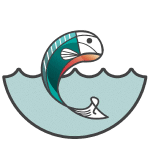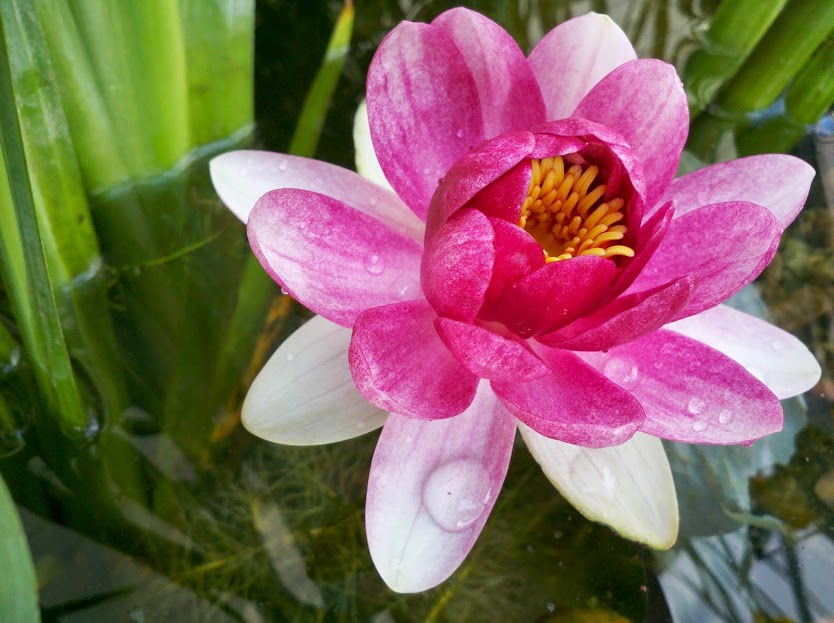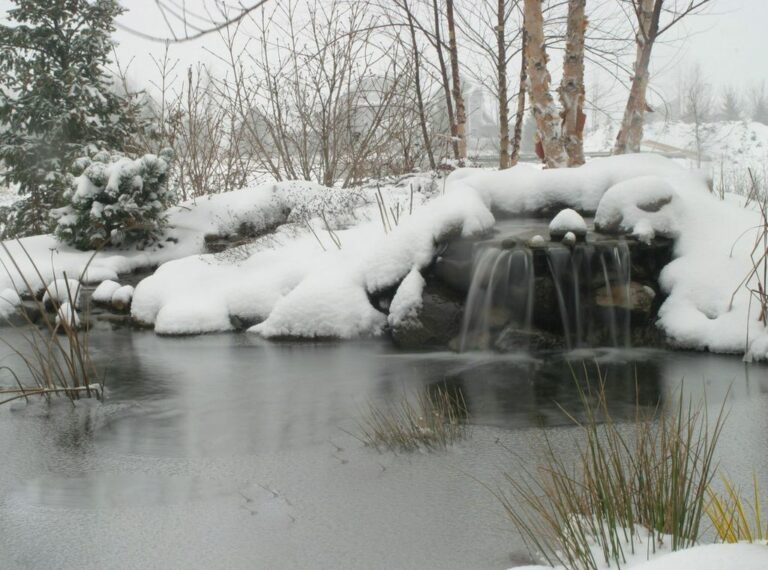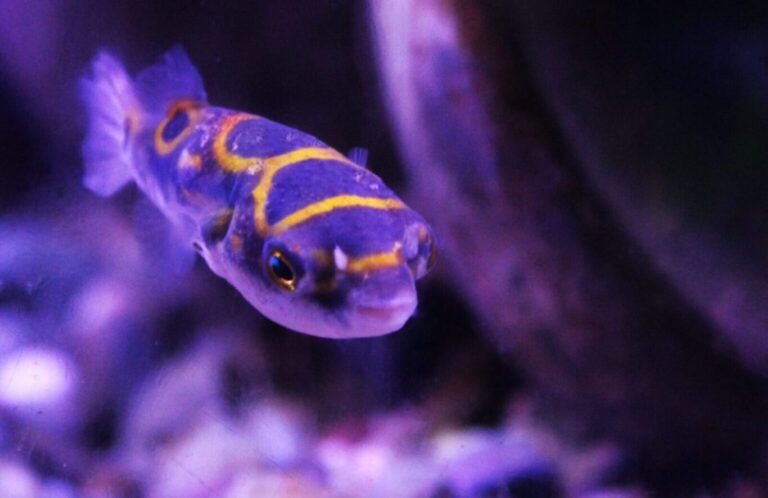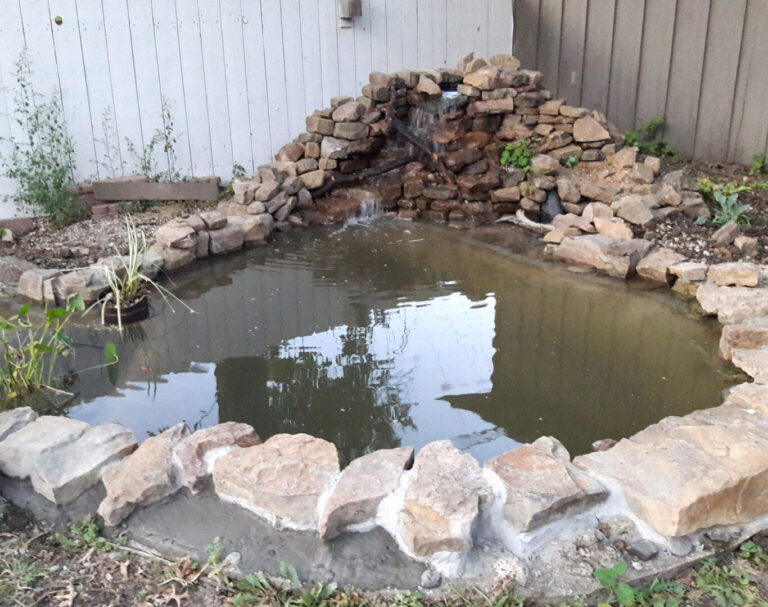Aquarium & Pond Test References
Quick Reference: All Aquarium Test Parameters

I use and recommend API test kits for 3 reasons:
- They are simple to use
- They are cost-effective
- They are accurate enough for the average hobbyist
Critical Parameters are the ones that are most important to check frequently because they can change quickly and have a drastic effect on your aquarium health.
Temperature: When it comes to choosing quality products, heaters need to be at the top of the list! This is because cheap heaters fail in the “ON” position and overheat your aquarium! I only recommend 3 brands of heaters. One of those brands is Aqueon. These heaters have pure silver on their thermostat elements so that they do not fuse in the “ON” position. I offer a lifetime warranty on these heaters, and they are made of unbreakable glass!
Alkalinity: Most new aquarium hobbyists are highly obsessed with pH, but I have learned that your KH values can tell a bigger story than pH! If KH is below 9, you may see fluctuations in the pH of your African Cichlid tank. If KH is below 6, you can easily keep your pH in an ideal range for community fish. If your KH is below 4, you may experience pH swings at night. If KH is below 2, your Nitrosamonas bacteria go on strike and your aquarium experiences an ammonia spike.
Ammonia: Must always be at or near zero!
Nitrites: Must always be at or near zero!
Parameters labeled “important” are extremely useful to create a picture of your aquarium health.
pH: In Wichita and most of Kansas, pH can be difficult to alter. This is because elevated levels of KH in our water make the pH stubborn. pH is typically alkaline in aquariums with KH above 5, and pH is neutral or acidic in aquariums with less than 4 dKH. Neutral pH is ideal in community aquariums because lowering pH requires dropping KH to a level that may disrupt the Nitrosamonas in the nitrogen cycle or it may cause your pH to swing very low at night, causing stress and even death. Low pH is also bad for snail shells.
Nitrates: Nitrates creep up slowly in the aquarium, and the two most common ways of reducing them is through water changes or live plants.
Noteworthy parameters are not tested regularly by most hobbyists. They rarely affect the immediate health of your fish.
General Hardness: GH is the measure of heavy minerals like Calcium and Magnesium. GH does not measure sodium. GH has zero similarities or relationships to KH. However, a common rule for aquarium specialists is to increase GH to the same ppm as KH
TDS is a measure of ALL ions in the aquarium: Alkalinity, Calcium, Magnesium, Sodium, and some organic pollutants such as ammonia. An upward-creeping TDS measurement indicates that your water is becoming polluted.
Phosphate: To prevent algae, phosphate needs to be as low as possible in most aquariums. It is easier to keep phosphates near zero when pH is above 8.2. This is because phosphates will precipitate out of the water column in the form of calcium phosphate. Plant experts suggest a nitrate:phosphate ratio of 10:1 to 20:1
CO2: Our CO2 is rarely over 15 ppm. To minimize algae, many people recommend lowering nitrates to a ratio of 1:1 or 2:1 Nitrates:CO2
http://www.koiquest.co.uk/water%20hardness.htm


